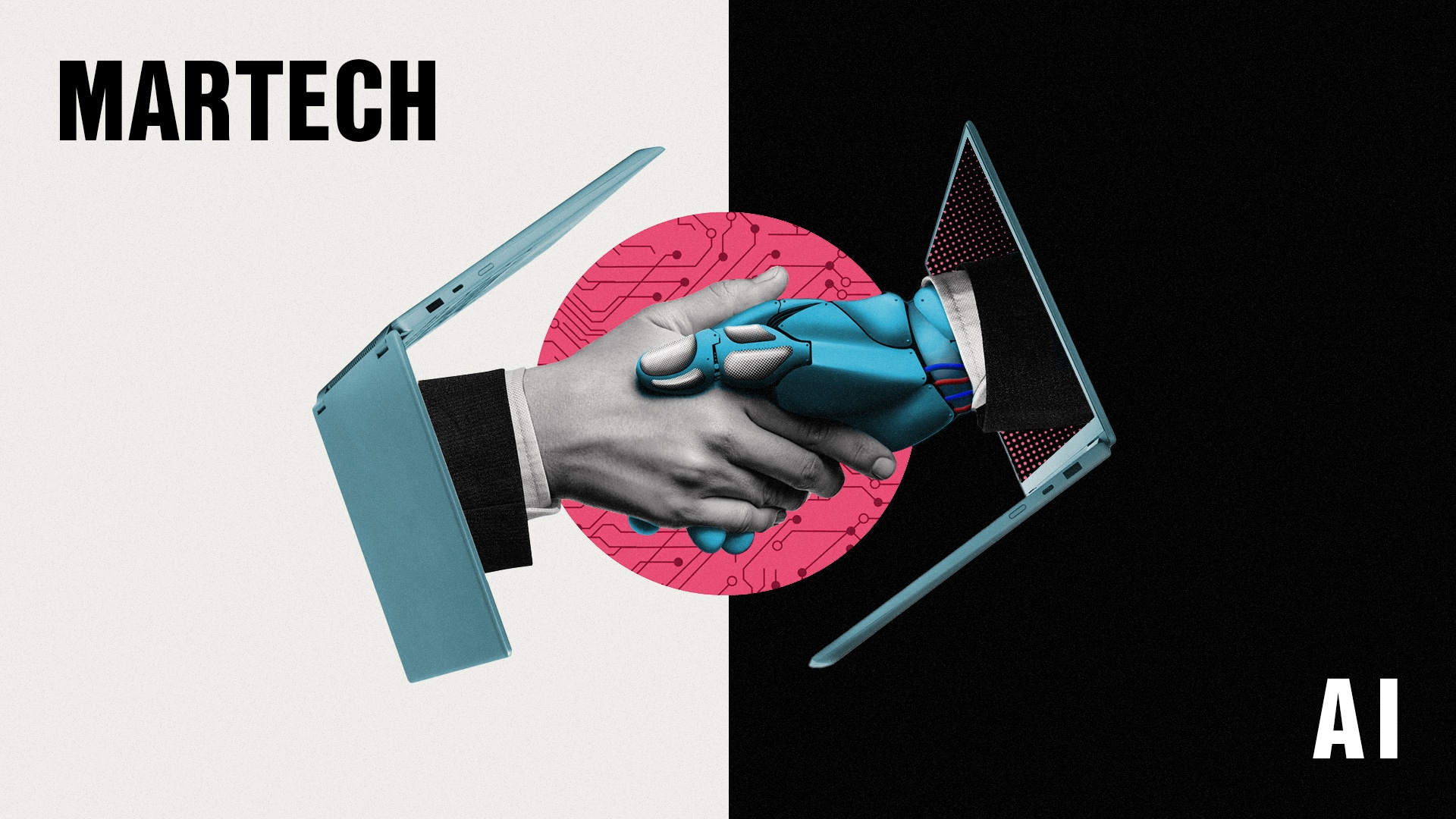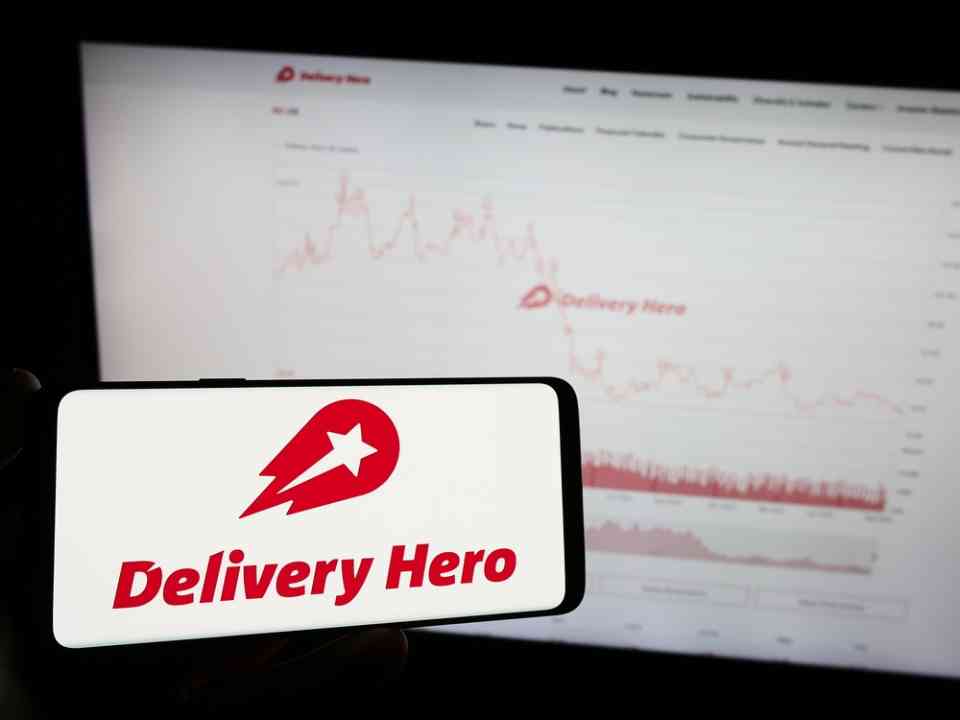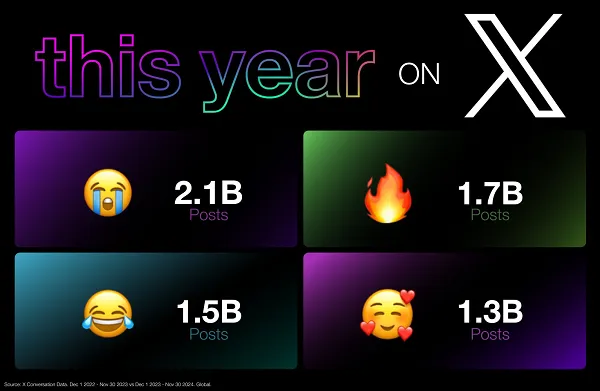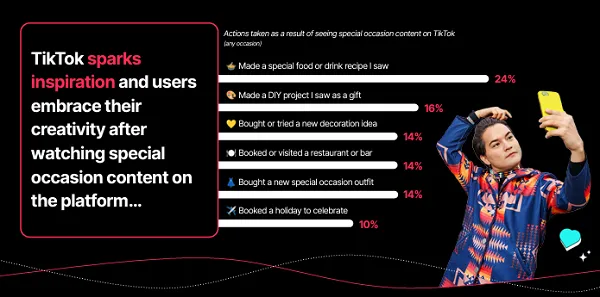Our “Spotlight on the expert” series digs deeper into the stories of our expert contributors. This interview has been edited for clarity and length.
“There was a movie by Woody Allen called ‘Zelig’ about a guy who showed up at all the important events in history but was never part of them. I kind of feel like that in the tech world. I was there on the frontlines back when we were developing chips for CPUs. Now I’m standing on the precipice of an AI world but I’m not really in it — I’m sort of reporting on it.”
Theresa Kushner has been at the center of marketing data and analytics since the beginning. She has an extraordinary resume encompassing extended spells at IBM, Cisco and VMware. Today she consults on data leadership, is a member of the Certified Data Steward Advisory Council, an advisory board member at the Mayborn School of Journalism, and a board member of Women in Big Data. Plus, she’s a MarTech contributor.
Q: You’ve seen a lot of changes in the technology space in the course of your career?
A: It’s strange because my dad owned a computer company when I was in high school. I had to work there every Saturday — and I hated that company. I hated those computers. All I was doing was typing and verifying those cards (that’s how old I am), and I swore I would never have anything to do with computers ever. Now look where I am.
Q: How did you get from studying journalism into marketing management?
A: I was working for a newspaper and I couldn’t pay my MasterCard bill. So I started looking and I interviewed with a company called Texas Instruments which was looking for people for the merchandising department. I got the job. I was so proud of myself that when they gave me the salary amount I said, “I’ll have to think about it.” I told the editor of the newspaper I was leaving. He said, “You can’t leave. Tell us how much they’re paying you and we’ll see what we can do.” I told him. He sat back in his chair and said, “They don’t happen to have another job, do they?”
At Texas Instruments, I started as a writer in the educational merchandising division. I developed products for children; the books and things that went in the packaging for the Speak & Spell products [handheld computers for children]. At the time, that technology was new and different. The reason TI developed these products was that they had a technology called Linear Predictive Coding — just a fancy term for machine learning.
Q: That just shows how long machine learning has been around.
A: A long time. The only thing that makes AI new and different is the power of machines we’re using and the amount of data we have.
Q: And it’s suddenly accessible.
A: Yes.
Q: The next major episode in your career was with IBM?
A: I went into IBM as a marketing manager for the inside sales unit. They had decided they needed a new way of selling. They created these sales centers around the United States and staffed them with internal marketing departments to help the inside sales teams. It was really a direct marketing effort. I had done a short stint with a software company in California where they did direct marketing, so they hired me to do that.
Within about a year, they did a complete reorg. I went to Paris as a marketing director and found there was no data to market to people in the different countries I was responsible for. A lot of IBM’s data was locked in the applications, hard-coded into the systems. You couldn’t just extract it and use it for marketing. As a result of that experience in Europe, I came back to the U.S. to build what people call a customer data platform today. We just called it a database (laughs).
Dig deeper: Why we care about data-driven marketing
Q: You really got thrown into the deep end. You had to get hands-on with marketing intelligence and analytics?
A: I went into marketing thinking it was all advertising and fluff — and at Texas Instruments that was a lot of it. But I was also connected with the University of Texas at Dallas, and about that time the UTD people started talking about quantitative marketing instead of qualitative marketing. When I went to Paris, the whole push for numbers became a big deal and I played a big role trying to figure out the analytics of things.
Q: Was it a surprise that you had this capacity for understanding the numbers and metrics?
A: It was a surprise. My father is a mathematician. I might have become a mathematician, but I had a sixth-grade math teacher — the first man I’d ever had as a teacher — who stood on the desk one day and threw erasers at us because we didn’t get the right answer to the math problem. I went home and told my dad and showed him the problem. He said, “Well, you should have known that.” So I thought, I don’t need this, and for years convinced myself I didn’t know math.
But data isn’t numbers all the time; it’s a much different world. I concentrated on what makes data of sufficient quality for marketing to use.
Q: Following IBM, more roles with very well-known companies. Cisco, VMware, Dell?
A: I wish I had been more proactive in the jobs I went to instead of just reactive. That’s my own failing. I went from IBM to Cisco because of someone I worked with who understood the value of data. If you get someone who understands the value of data, you tend to stick with them. I went from Cisco to VMware completely because VMware had read a book I had written in 2008 [“Managing Your Business Data”
by Theresa Kushner and Maria Villar]. They had a problem with their customer data and thought they needed someone to manage governance. It was a VP role, they said, because they had previously had a director, and that wasn’t powerful enough to lead the cooperation across organizations.
It was a good company, had a great culture and did some wonderful things. It would be disheartening not to have them around. From VMware to Dell; Dell owned VMware so it was just like changing departments. I will say that it did have a much different culture. Never work for a company where the name of the company is the guy who heads it.
Q: Bring us up to date with where you are today.
A: I went to NTT to develop a product with artificial intelligence, specifically in the digital human space. We were looking at what we could do for telecom and media. The result of that was that I got involved with their innovation people and they asked me to lead the North American innovation center where we could look at new products for customers before they actually hit the market. Innovation is tricky; you have to be committed to fail. I don’t know if you know much about Japanese companies but they don’t fail. It was difficult to convince them to fund things that were shaky because they wanted a clear understanding that they would succeed.
I decided to do this on my own and I’ve been looking for customers to help out. I’m sort of a fractional CDO. I’m the person that can come in and help you to really understand the problems: Here’s what I’ve seen before and what you might look for.
Q: Let’s talk about Women in Big Data. When you started out with data, were you a rare woman in that kind of role?
A: Very much so. IBM was understanding, but — this is my best story — when they asked me if I’d like to go to Paris, I said of course I would, just like that. My boss said, “Well, don’t you have to go home and talk to your husband?” And I thought…no. No, I don’t.
Q: I do feel, just anecdotally, that at conferences I am seeing more women in relatively senior tech and data positions. Have things gotten more accessible for women?
A: I think they have. But this part bothers me: Women tend to be cheaper. A lot of professions we have were once male profession. Secretaries were male long before they were female. In the data world, the guys went in with the IT and systems and applications and put everything together. The women came in behind to clean it up. That’s exactly what we’ve been doing for years. We’re not designing the systems; we’re cleaning them up and making them work.
But I’m glad that women are out there and doing these jobs.
Dig deeper: MarTech Spotlight interviews
The post Theresa Kushner: Spotlight on the expert appeared first on MarTech.






















































![Online Shopping Reached New Highs in 2024 [Infographic] Online Shopping Reached New Highs in 2024 [Infographic]](https://imgproxy.divecdn.com/kCw9rTPPHoCqXkkL4Bt8p7eohxOuRs6iXsDK03Fxr_8/g:ce/rs:fit:770:435/Z3M6Ly9kaXZlc2l0ZS1zdG9yYWdlL2RpdmVpbWFnZS9vbmxpbmVfc2hvcHBpbmdfc3VyZ2UyLnBuZw==.webp)

![What App Features Are People Willing to Pay For? [Infographic] What App Features Are People Willing to Pay For? [Infographic]](https://imgproxy.divecdn.com/mHJQ6ffz2lGDUuF649StZz5xtI56ORDL5z-Cjs9ZUw8/g:ce/rs:fit:770:435/Z3M6Ly9kaXZlc2l0ZS1zdG9yYWdlL2RpdmVpbWFnZS9hcHBzX3RoYXRfcGVvcGxlX3BheV9mb3JfMi5wbmc=.webp)












